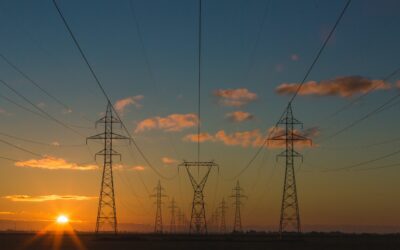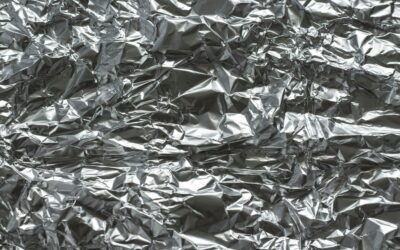On 22 May 2025, Sandbag published its response to the European Commission’s targeted survey on the future development of the Carbon Border Adjustment Mechanism (CBAM).
The position paper outlines why extending the CBAM horizontally to more products and vertically to include key precursors—alongside international transport emissions—is essential to close remaining emissions gaps. This expansion is also needed to support the phase-out of free allocation under the EU Emissions Trading System (EU ETS), which currently fails to incentivise decarbonisation in the EU.

Free allocation has long been used to address carbon leakage under the EU ETS, but it has key limitations. It only covers emissions up to benchmark levels, fails to reward cleaner EU producers, and forfeits auction revenues that could support decarbonisation. It also creates perverse incentives by making high-emission goods artificially cheap.
For example, coke —an inputs used in blast furnaces—still benefits from free allocation. This undermines the competitiveness of cleaner routes like electric arc furnace steelmaking. Replacing free allocation with CBAM charges would improve price signals and strengthen the EU’s climate policy architecture.
Free allocation creates distortions that CBAM expansion must resolve
Free allocation has long been used to address carbon leakage under the EU ETS, but it has key limitations. It only covers emissions up to benchmark levels, fails to reward cleaner EU producers, and forfeits auction revenues that could support decarbonisation. It also creates perverse incentives by making high-emission goods artificially cheap.
For example, coke —an inputs used in blast furnaces—still benefits from free allocation. This undermines the competitiveness of cleaner routes like electric arc furnace steelmaking. Replacing free allocation with CBAM charges would improve price signals and strengthen the EU’s climate policy architecture.
CBAM must expand vertically to cover all precursors—and horizontally to cover remaining ETS sectors
CBAM must include steel and aluminium scrap. Their absence allows importers to bypass carbon costs, particularly through the scrap loophole. This can be closed by:
- Tracing pre-consumer scrap emissions back to production facilities.
- Using default values and Recycling Input Rates for post-consumer scrap, as Sandbag has proposed.
In aluminium, upstream processes like alumina refining and pre-bake anodes account for major emissions not fully priced under CBAM. With reduced free allocation for alumina from 2026, equivalent CBAM coverage is needed to avoid disadvantaging EU producers.
Key precursors currently excluded—such as coke, lime and ferro-silicon, should also be added to reduce leakage risk.
Horizontally, CBAM should cover more products under the ETS. In chemicals, just 26 substances account for over 90% of sector emissions. Including key organics, upstream refinery products, and downstream polymers is both technically feasible and necessary.
CBAM must also cover international transport emissions embedded in imports to reflect their full carbon footprint.
Photo by martin-dm on Canva
Related publications
The European Hydrogen Bank: a recipe for competitive distortion
Last Thursday, the European Commission published its Communication on the European Hydrogen Bank...
EU Criteria for Green Hydrogen: How They Could Increase Relience on Thermal Power and Hijack the Energy Transition
On February 13th, the European Commission released two pieces of legislation to provide criteria...
Mind the Scrap: Ignoring Embedded Emissions Puts the CBAM at Risk
Sandbag’s submission to DG TAXUD’s Informal Expert Group on the Analytical Methods for the...



